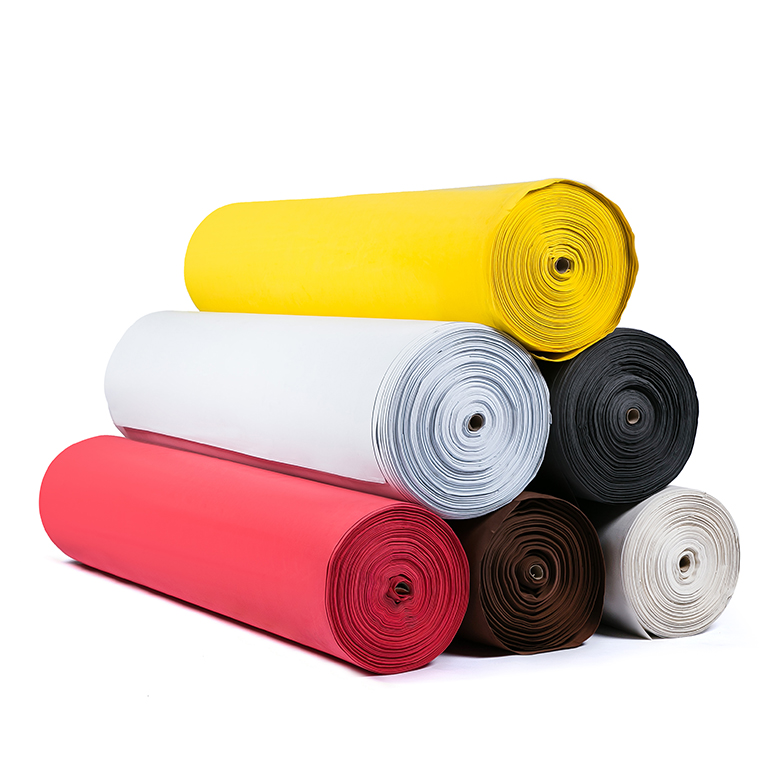(to answer the "gimmickery" of KEEPER BALM)
Of course, most goalkeepers didn’t wear gloves when the first pair were worn, probably 200+ years ago. They were only used because it was really cold, and the gloves (most likely leather or wool) were worn solely to brace the impact of the ball hitting the keeper’s cold hands.
When goalkeeping-specific gloves were first marketed around 1885, some players considered it “cheating.” The first goalkeeping-specific gloves were made of leather, and they did little more than just save the keeper’s PALMS (they were fingerless gloves) from pain on a cold day or a rough playing surface. Even in the 1930’s gloves were primarily leather or wool and only worn in extreme weather conditions.
By the 1950s, innovators began adhering rubber strips to the palms with “grip” being the primary objective. In the 1960s more pliable material was used for the gloves (cotton or polyester), with rubber strips similar to ping-pong paddle rubber applied to the palms and fingers. By the 1970’s goalkeeper gloves were becoming more acceptable and the materials used were varied, with the primary goal of absorbing shock and maintaining grip on the ball.
By the 1980’s industrial-use foam latex was the material of choice for the palms of goalkeeper gloves, while the backhands were anything from pliable plastic to polyester.
INDUSTRIAL-USE LATEX FOAM

40 years later, most independent brand goalkeeper gloves sold in America and Europe still use industrial-use latex foam for the palms of the gloves, and most of that comes from an industrial German company called Latico. Latico’s primary buyers of their products are manufacturers of commercial applications like bedding, upholstery, soundproofing, and thermal insulation for construction & transportation.
The idea to use foam latex probably came about because some soccer dad (like you or me) got the idea that the latex foam they were using in some other application (like those mentioned above) might be good for goalkeeper gloves. That dad then took the idea further and found a manufacturer in Sialkot, Pakistan to make them in bulk quantities.
Today there are 2 Latico distributors in Sialkot and they teach everyone who wants to learn about making goalkeeper gloves how to do it. And the more people they teach, the more customers they have, so now 95% of the independent brands (like West Coast, Renegade, J4K, Keepher, Huracan, One Glove, S1, RG, Kaliaaer, KLA, UnitedGoalkeeping and countless others) all get their gloves from manufacturers in Sialkot, Pakistan.
FOAM LATEX SUCKS
What makes foam latex great for goalkeeper gloves is that it is porous, creating a bunch of little suction cups that quickly “grip” the ball when it hits the hands. What makes it a good solution is also what makes is a BAD solution, because it also lets in minerals that dry out the latex.
While foam latex goalkeeper gloves are now considered “normal“, they’re still an imperfect solution, like all of their predecessors. That’s because latex foam dries out over time due to minerals from dirt and salt from spit & sweat which soak into the latex, sapping the natural pliability of the foam latex. KEEPER BALM was developed to restore the natural pliability and “grip” that foam latex naturally has before you start spitting and sweating all over it.
KEEPER BALM uses ingredients that have “humectant” properties that draw moisture from the air into the glove palms, while creating a natural tackiness that is actually better than the original grip you had when you took your gloves out of their package.
Learn more about the chemistry of KEEPER BALM here : https://gkglovebalm.com/vaseline-is-bad-for-goalkeeper-gloves/
Every so often, someone may tell you that you’re “cheating” when you use KEEPER BALM. Just tell them that you’re on the front-side of history.

